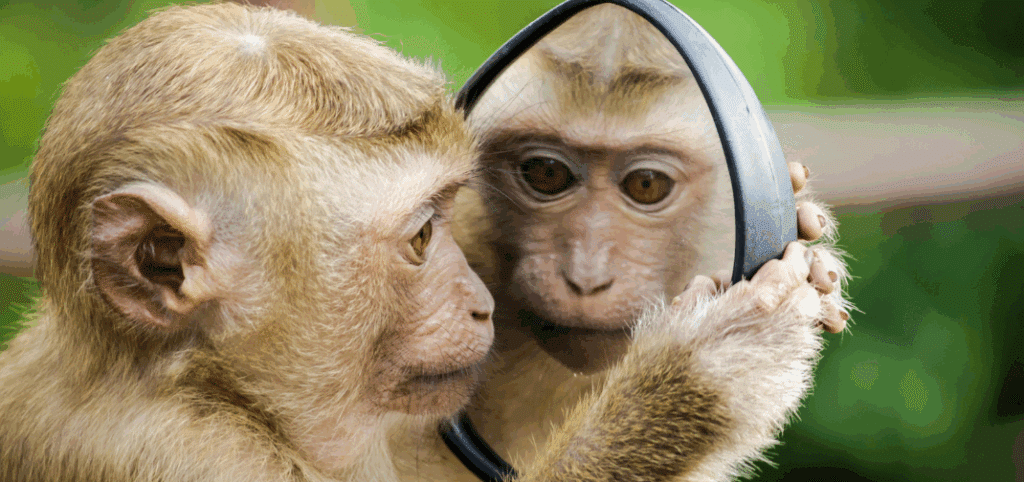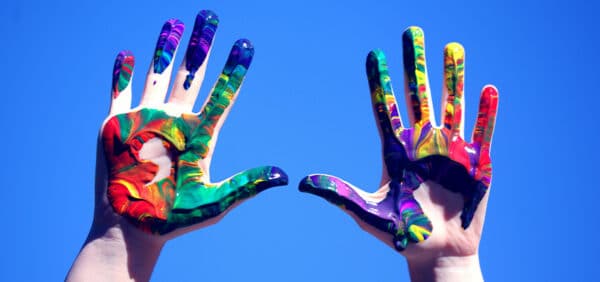Brand Archetypes: What Are They and Why Do They Matter?

Standing out isn’t easy – especially for many mission-driven organizations.
Regardless of your marketing tactics, the brands that really make an impression are the ones that people can relate to on an emotional level.
One of the best ways to build a brand that is relatable and trustworthy is by understanding and tapping into your brand archetype.
Let’s talk about what archetypes are and why they matter.
Brand Archetypes Explained
Put simply, brand archetypes are personalities that organizations can embody to feel more human and relatable.
The archetypes were created as a guide for organizations to use to better connect with their communities. Each archetype comes with its own set of characteristics, motivations, values, tone of voice, and even potential drawbacks.
People are naturally more likely to trust other people more than they will a faceless organization, so when you define a specific human-like personality type for your brand, your messaging, visuals, and tone become more cohesive and compelling.
The 12 Archetypes
Choosing the right archetype for your business is crucial. Most of the time, a brand will align itself with one primary archetype, although some brands will have secondary ones as well.
Here are the 12 brand archetypes at a glance:
- The Innocent: Optimistic, honest, and pure (example: Dove)
- The Explorer: Adventurous, independent, and curious (example: Jeep)
- The Sage: Wise, analytical, and truth-seeking (example: Google)
- The Hero: Confident, strong, and inspiring (example: Nike)
- The Outlaw: Bold, disruptive, and rebellious (example: Vans)
- The Magician: Visionary, transformative, and imaginative (example: Disney)
- The Regular Guy/Gal: Relatable, grounded, and dependable (example: Home Depot)
- The Lover: Warm, romantic, and idealistic (example: Godiva)
- The Jester: Optimistic, fun, and lighthearted (example: Ben & Jerry’s)
- The Caregiver: Compassionate, nurturing, and supportive (example: Johnson & Johnson)
- The Ruler: Confident, authoritative, and organized (example: Microsoft)
- The Creator: Innovative, expressive, and original (example: Crayola)
For more details and description of the classic brand archetypes, check out The Hartford’s description of each.
How to Find Your Archetype
Whether you know it or not, your brand already has an archetype – you just have to identify which one it is.
Finding your brand archetype starts with getting honest with yourself about who your audience is and how you want to show up for them each day. If you need some extra guidance, try asking yourself these questions:
- What core values does your brand have?
- Who are your community members and what are their needs?
- How do you want your community to feel when they interact with you?
It’s also a good idea to perform a quick audit of your current presence. Look for patterns in your voice, visuals, or the type of audience that you naturally attract.
Once you’ve answered those questions and identified the one that best fits your brand, let that personality guide how you look, sound, and show up on a daily basis.
Remember, aligning with a brand archetype is not about limiting yourself, but about helping you show up with clarity and brand consistency. It will make your community feel seen, understood, and more likely to trust you.
Not sure which archetype fits your brand, or how to align your messaging with it? Reach out to us! We’d love to support you.

